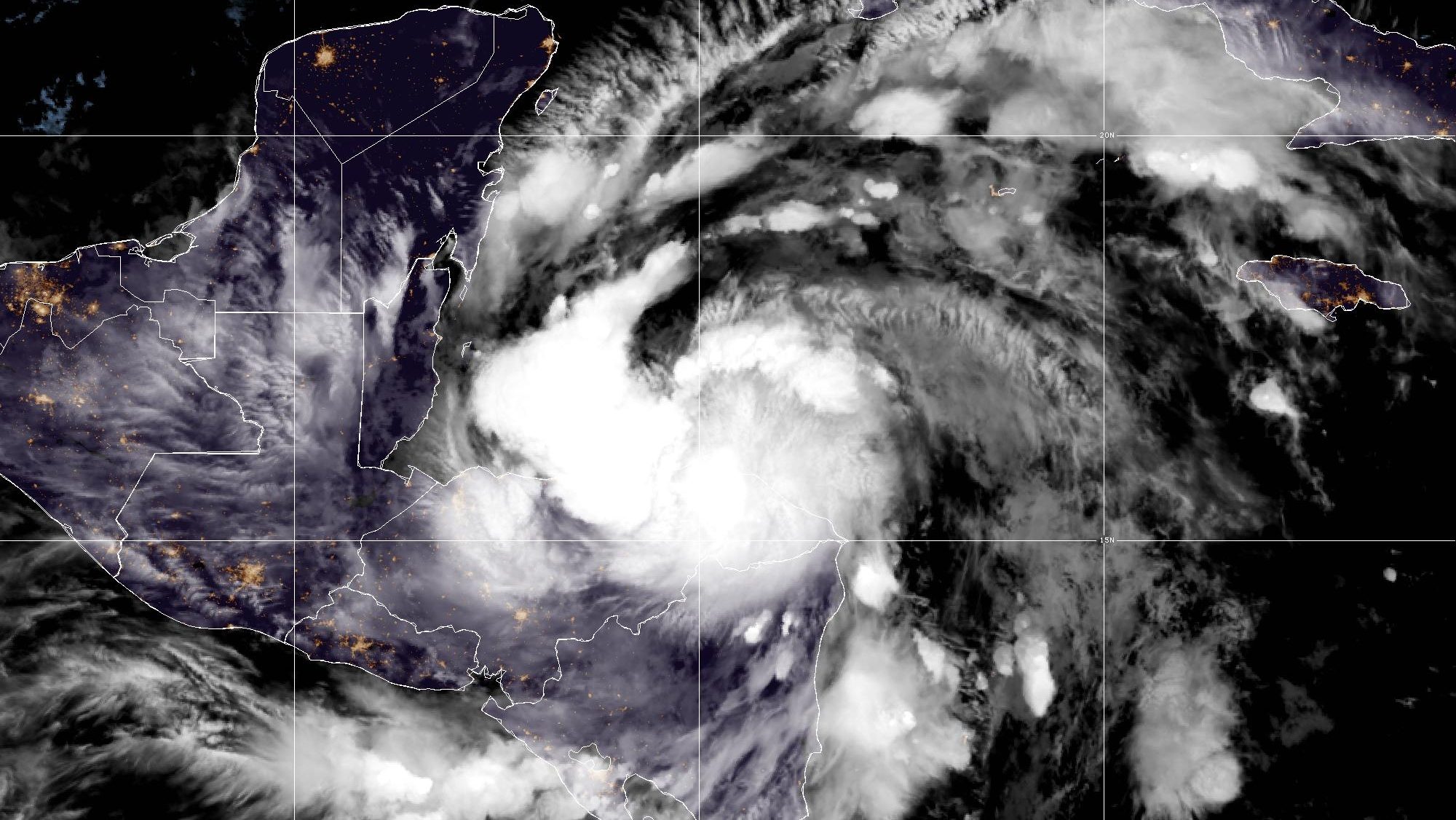For the first time in three and a half weeks, the National Hurricane Center on Wednesday added a new system to watch in the Main Development Region of the tropical Atlantic.
Since Tropical Storm Cindy dissipated on June 25th, the MDR had remained quiet despite a superheated ocean. Outside of the MDR, Tropical Storm Don has made few if any headlines, as it meanders slowly across the open ocean hundreds of miles west of the Azores.

Don is the 5th system to be classified as a tropical or subtropical storm in the Atlantic this year — noteworthy because the 5th storm doesn’t normally appear until August 22.
The Hurricane season is on. Our meteorologists are ready. Sign up for the NBC 6 Weather newsletter to get the latest forecast in your inbox.
The MDR continues to experience very warm sea surface temperatures, averaging about one degree Fahrenheit above normal. In mid-June, that temperature anomaly was more than 2 °F hotter than average.
Thankfully, the unusual warmth is not as extreme as it was a little over a month ago. But it’s still warm, and that continues to worry hurricane forecasters.
The lull observed in the MDR after Cindy was brought on mainly by stronger upper level westerly winds. That wind shear, hostile to fledgling tropical disturbances, is what we tend to see more often during El Niño years.
Local
It was on June 8th that NOAA’s Climate Prediction Center officially declared El Niño conditions were now present and expected to last through the rest of the year.
The atmosphere is dynamic, and the wind shear won’t be constant throughout the 2023 hurricane season. Forecast models are indicating that those westerly winds aloft will weaken next week, giving the disturbance that’s currently south of the Cabo Verde islands a window of opportunity to potentially strengthen.
But there is another factor that could hinder the development of the disturbance. The largest outbreak of Saharan dust so far this year covers a large percentage of the tropical Atlantic from Africa to the Greater Antilles today. The Saharan Air Layer is dry and stable, which is the opposite condition needed for tropical disturbances to develop into tropical storms.
Depending on how closely the disturbance interacts with the dry air, it would disrupt its chances for development.
For now, NHC only give the system a 20 percent chance of forming into a tropical cyclone over the next seven days.
The historically busiest part of hurricane season is around the corner. It starts in about four weeks. August 15 to October 15 is the time of the year when we need to be on our toes when it comes to hurricane preparedness. The battle between hurricane-friend hot seawater and hurricane-foe wind shear is going to play out during that stretch.
Keep in mind that while the MDR is cooling off ever so slightly, the Gulf of Mexico continues to be about as hot as it’s been all spring and summer as compared to normal. And the waters around Florida and the Caribbean are so hot that outbreaks of coral bleaching are already underway — something not normally seen in years when it happens until the end of summer and beginning of fall.
Stay strong, wind shear. We’re all rooting for ya'.
John Morales is NBC6's hurricane specialist.



